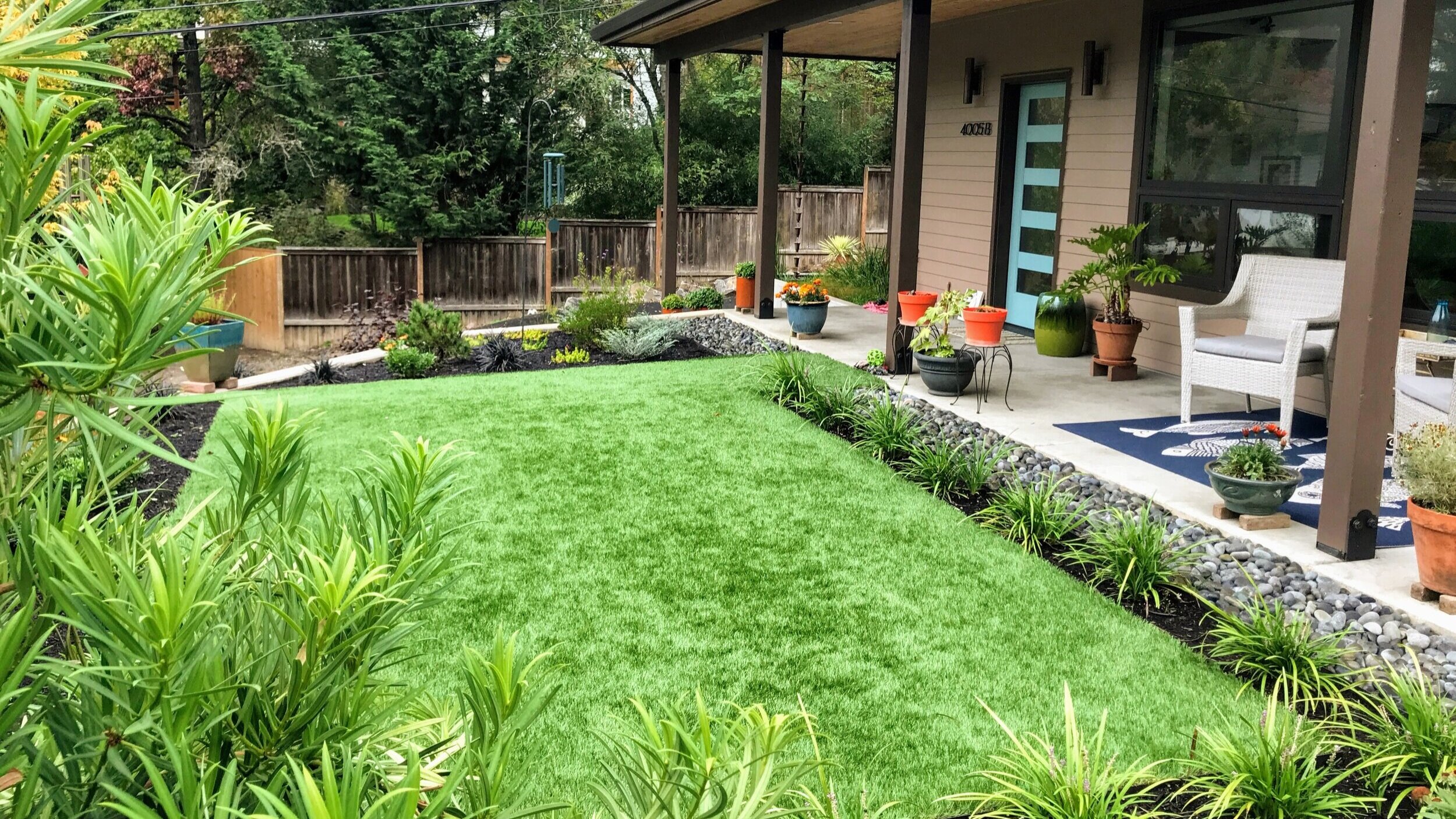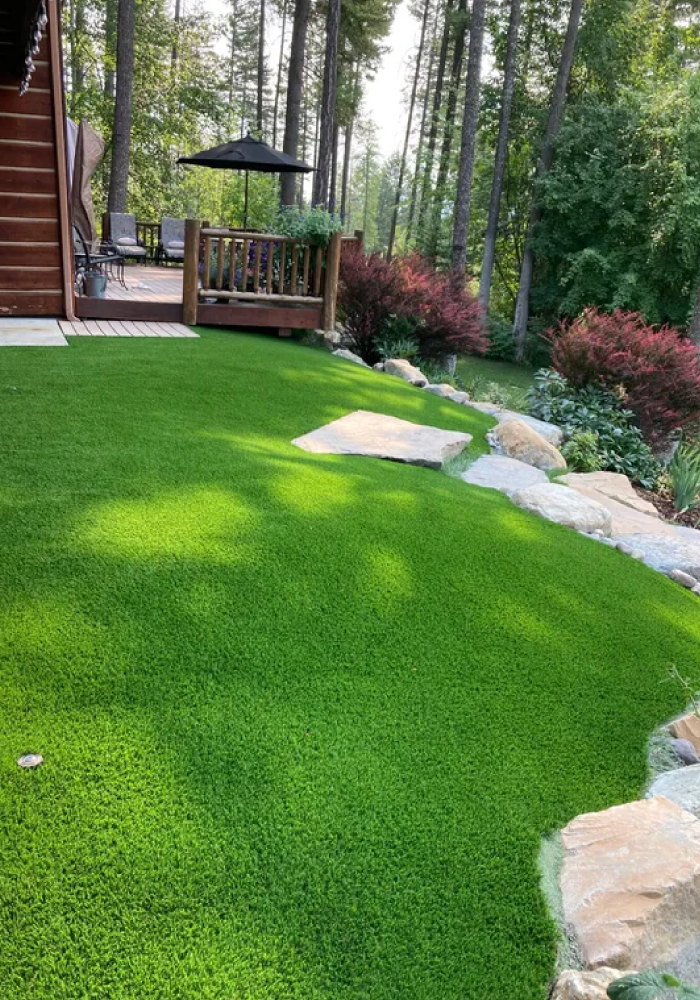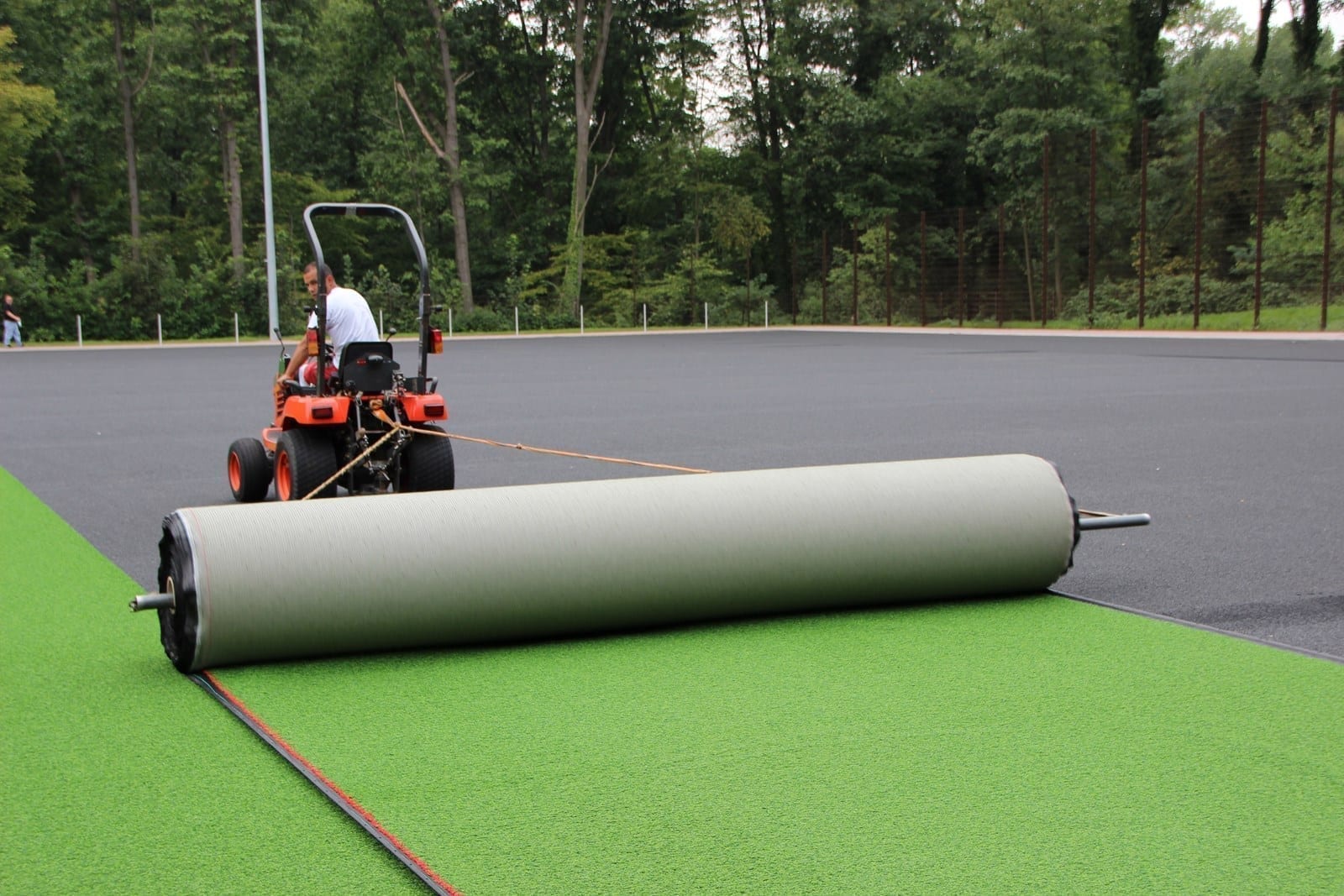Top Phoenix Turf Companies Providing Superior Synthetic Lawn Products
Top Phoenix Turf Companies Providing Superior Synthetic Lawn Products
Blog Article
Look Into the Environmental Advantages of Opting for Synthetic Grass Solutions
The adoption of synthetic lawn remedies presents a compelling chance to resolve pushing ecological difficulties. By significantly minimizing water use and reducing the application of dangerous chemicals, these options not just promote lasting landscape design but likewise safeguard regional environments.
Water Conservation Conveniences
Among the most considerable benefits of artificial grass is its ability to save water. Traditional yard lawns call for considerable irrigation, particularly in locations prone to dry spell or water constraints. In comparison, artificial lawn does not need watering, considerably lowering the overall need for water resources. This attribute is particularly helpful in dry regions where water deficiency is a pushing problem.
By eliminating the demand for routine watering, synthetic grass adds to lasting landscape practices and assists mitigate the environmental effect of extreme water intake. The preservation of water expands to the decrease of overflow, which can lead to dirt erosion and river contamination.
Furthermore, the setup of artificial grass allows municipalities and property owners to allot water resources more successfully, concentrating on necessary uses such as drinking water and agriculture. The change in the direction of synthetic grass not only promotes accountable water usage yet additionally aligns with broader environmental objectives focused on protecting natural deposits.
As neighborhoods increasingly focus on sustainability, the water conservation advantages of synthetic lawn offer an engaging case for its fostering in business and domestic landscape design tasks.
Lowered Chemical Usage
The shift to synthetic grass substantially decreases the reliance on chemical treatments generally used in all-natural lawn upkeep. Conventional grass monitoring commonly entails the application of fertilizers, herbicides, and pesticides to promote development and control parasites. These chemicals can position dangers to human health and wellness, neighborhood wild animals, and the atmosphere, contributing to soil and water contamination.
In comparison, synthetic turf eliminates the demand for these dangerous substances. By reducing the release of synthetic compounds into the ecological community, artificial turf advertises much healthier soil and water systems.
Moreover, the lack of chemical drainage related to synthetic grass installations assists shield neighborhood waterways from air pollution, sustaining aquatic life and maintaining biodiversity. Turf installation phoenix az. As communities increasingly focus on sustainable methods, choosing man-made lawn presents a viable remedy that aligns with environmental conservation objectives. Via this shift, homeowner can enjoy lavish green areas without jeopardizing eco-friendly health and wellness, paving the way for a more lasting future
Reduced Carbon Footprint

Furthermore, the installation of synthetic grass can lead to substantial water conservation. All-natural yards call for considerable amounts of water for watering, which not just includes in the carbon footprint linked with water extraction and therapy but likewise pressures regional water sources. On the other hand, man-made turf requires marginal maintenance, calling for no watering, consequently significantly reducing water usage and its linked power costs.
In addition, the durability of man-made grass adds to its decreased carbon effect. With a life-span of approximately 15 years or more, the demand for frequent replacements is lessened, resulting in much less waste and lower power intake in production and dealing with conventional turf options. Generally, fabricated lawn provides a sustainable choice for eco conscious landscaping.
Habitat Conservation
Habitat preservation is an important factor to consider in the dispute over landscaping selections, particularly when comparing synthetic grass to natural lawn. All-natural turf yards often call for comprehensive maintenance, including using plant foods, herbicides, and chemicals, which can negatively impact local communities. These chemicals can seep right into the dirt and waterways, hurting native vegetation and fauna and interrupting local habitats.
In comparison, synthetic grass provides a possibility to decrease the environmental footprint of landscape design. By deciding for artificial turf, property owners can lessen the disruption of natural environments related to traditional lawn treatment techniques. Synthetic grass gets rid of the have a peek at these guys requirement for unsafe chemicals, therefore safeguarding neighboring wildlife and preserving the honesty of surrounding ecological communities. The setup of artificial lawn can lead to the conversion of previous grass areas right into more biodiverse landscapes, such as pollinator gardens or indigenous plant locations, which can support local wildlife.
Ultimately, the change to synthetic turf not only saves water and minimizes maintenance efforts however likewise cultivates a much more unified connection between human activities and the natural surroundings, promoting habitat preservation while doing so.
Long-Term Sustainability
Long-lasting sustainability is an essential consider evaluating the advantages of artificial turf over conventional yard yards. Among one of the most significant advantages of synthetic grass is its resilience; it can last approximately 15-20 years with marginal maintenance, whereas natural yard requires constant reseeding and substitute. This longevity decreases the requirement for consistent resources, such as water, fertilizers, and chemicals, which are vital for maintaining a site web healthy yard lawn.
Furthermore, synthetic grass adds to a decrease in carbon discharges associated with yard treatment devices. Conventional yards typically call for gas-powered lawn mowers, trimmers, and blowers, every one of which contribute to air pollution. Artificial turf companies phoenix. On the other hand, fabricated grass removes the requirement for such equipment, promoting a cleaner environment
Furthermore, the production of man-made lawn increasingly utilizes recycled materials, enhancing its sustainability account. As manufacturers adopt eco-friendly practices, the ecological footprint of synthetic turf continues to decrease.

Verdict
The fostering of synthetic grass options presents considerable environmental benefits, consisting of considerable water conservation, minimized dependence on hazardous chemicals, and a reduced carbon footprint. Man-made grass aids in protecting natural environments by minimizing land disruption and advertising advice long-term sustainability with the use of long lasting products. Jointly, these variables emphasize the potential of synthetic grass to add positively to ecological wellness and provide a viable choice to traditional landscape design techniques in an increasingly resource-conscious globe.
In comparison, man-made turf does not require watering, substantially reducing the general demand for water sources. By decreasing the release of synthetic substances into the community, man-made lawn promotes healthier dirt and water systems.
Additionally, the installation of man-made grass can result in considerable water preservation. In comparison, artificial turf needs very little maintenance, requiring no watering, thereby dramatically lowering water use and its linked energy costs.

Report this page